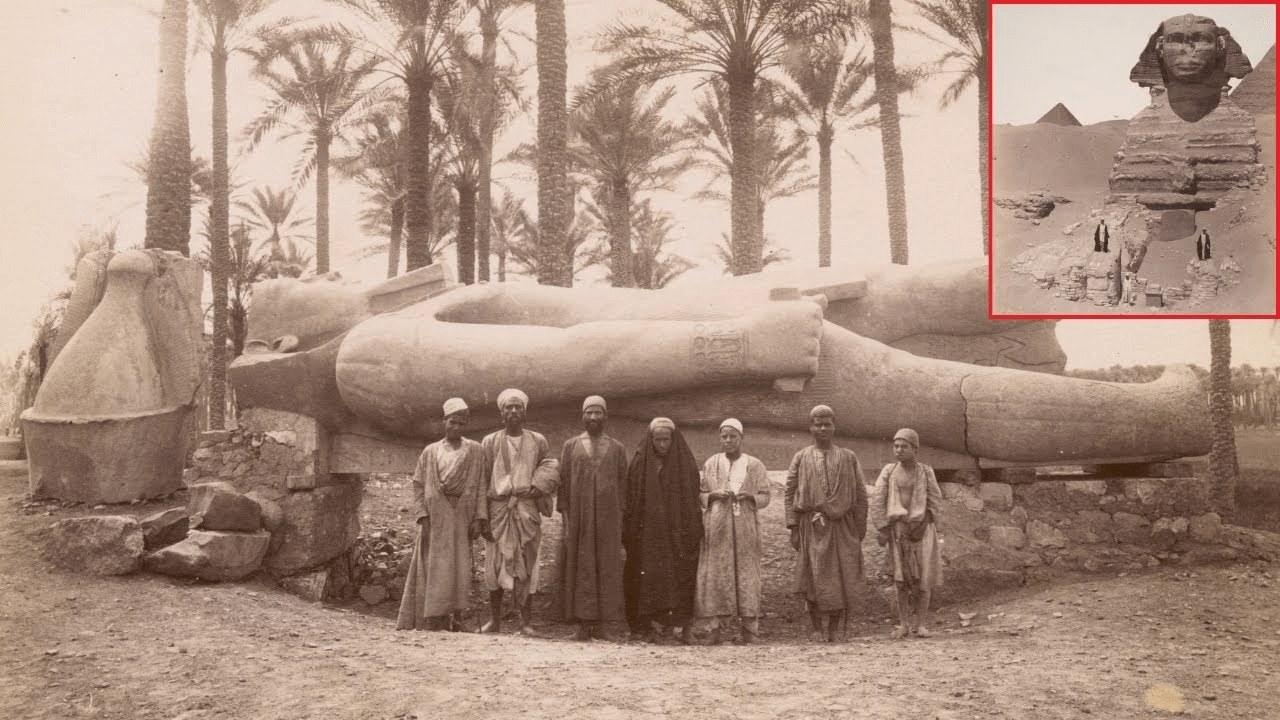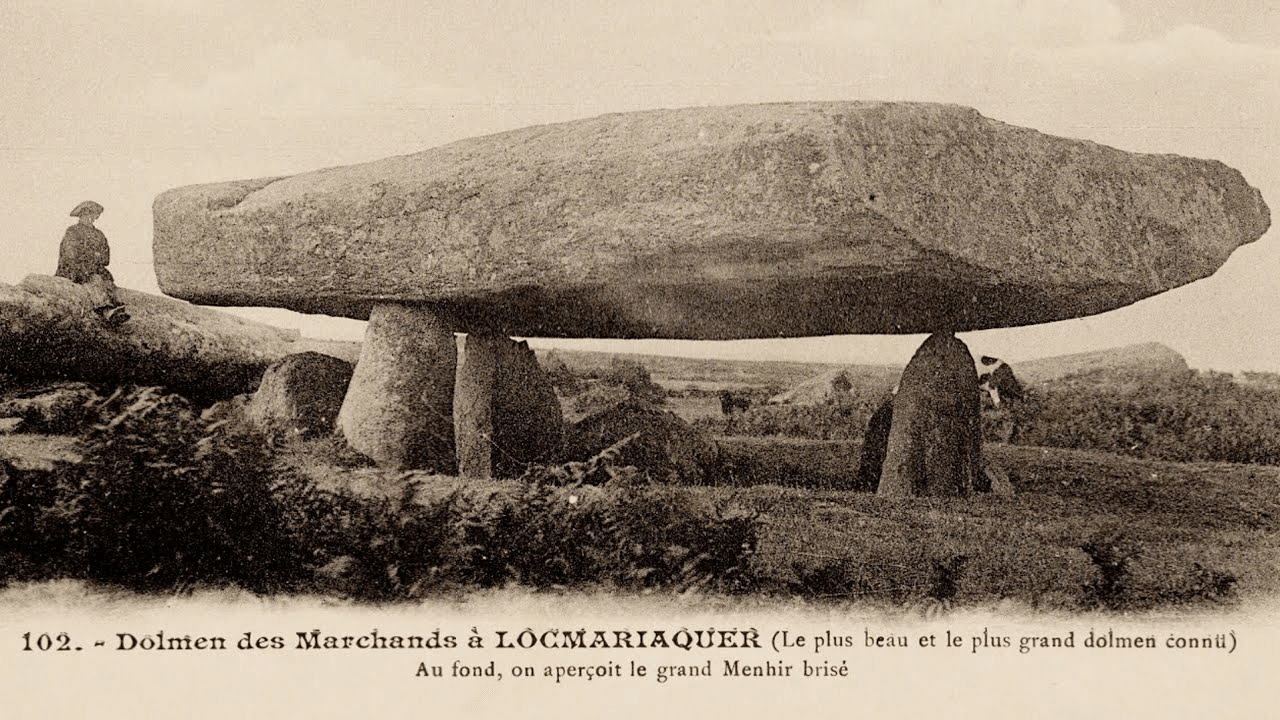The discovery of the Parthian Battery near Baghdad in 1936 has intrigued scholars and historians alike, offering a glimpse into the possibility of ancient electrical experimentation. Estimated to be around 2,000 years old, the clay jar filled with a vinegar solution, housing an iron rod encased by a copper cylinder, suggests electrochemical capabilities, generating approximately 1.1 to 2.0 volts of electricity when filled with an electrolyte.
Experiments conducted by Western scientists have demonstrated that when the jar of the battery was filled with vinegar or other electrolytes, it exhibited the ability to generate approximately 1.5-2.0 volts of electricity. (Photo source: Tehran Times)
Despite the lack of a written record detailing the exact function of these jars, some scholars believe they were used as batteries, potentially for electroplating purposes, while others remain skeptical. The destruction of Iranian literary sources and libraries by Arabs in the 7th century AD has further complicated efforts to uncover the true purpose of these artifacts.
The discovery challenges conventional theories, suggesting that the concept of a battery may have existed long before the famous scientist Alessandro Volta's invention of the modern battery. If the Parthian Battery indeed functioned as a battery, it would predate Volta's invention by over a millennium, reshaping our understanding of ancient technological capabilities.
A diagram illustrating the ancient Parthian battery
In the broader context of the development of electricity and power, the discovery of the Parthian Battery adds another layer to the timeline of human fascination and experimentation with electricity. From the ancient Egyptians' recording of electric fish to Thales of Miletus' discovery of static electricity, each milestone contributes to our evolving understanding of this fundamental force of nature.
































